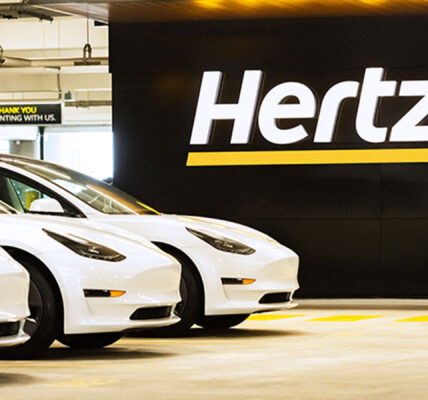Detroit, the emotional heart of the U.S. car business, may soon be home to an innovative program using existing street lighting infrastructure to charge consumer electric vehicles. EVs make up an ever-growing percentage of the new cars Americans buy, reaching 9% of all new car sales last quarter.
Gas-powered cars are a shrinking percentage of the market. An auto industry trade group says 78% of new cars were purely gas-powered last quarter, a record low.
America needs more EV charging infrastructure.
The need is particularly acute in cities. Suburban EV buyers often live in detached homes where they can install home EV chargers. With access to a home charger, EV drivers need public chargers only when they plan to out-drive their cars’ range in a single day. That’s a rare event for most.
However, city dwellers often live in apartments or homes without off-street parking. They need public chargers.
If only cities already had a massive network that put electric power close to many parking spots.
Enter the streetlight charger. Startup Voltpost has partnered with AT&T T1.93% to install internet-enabled EV chargers on streetlights “across Michigan and the Metro-Detroit area,” the company says.
Voltpost hasn’t revealed how many chargers this pilot program will build. The company claims “an extensive pipeline of upcoming deployments, with chargers to be installed in the coming months at several sites across Michigan, New York, and Illinois.”
The pilot projects may initially be small, but the concept makes sense. Voltpost’s designs use retractable charging cords, protecting them from vandals when not in use.
The posts are Level 2 chargers that take several hours to fill the batteries of most EVs. This charger type serves the needs of urban EV owners well, as they rarely need to top off a battery completely during one stop.
EV chargers will likely never be as common as gas stations today. One study found that a mature charging system able to handle tens of millions of EVs may have just 4% of its chargers in public. Tapping into the streetlamp network could help locate chargers where city dwellers need them.








